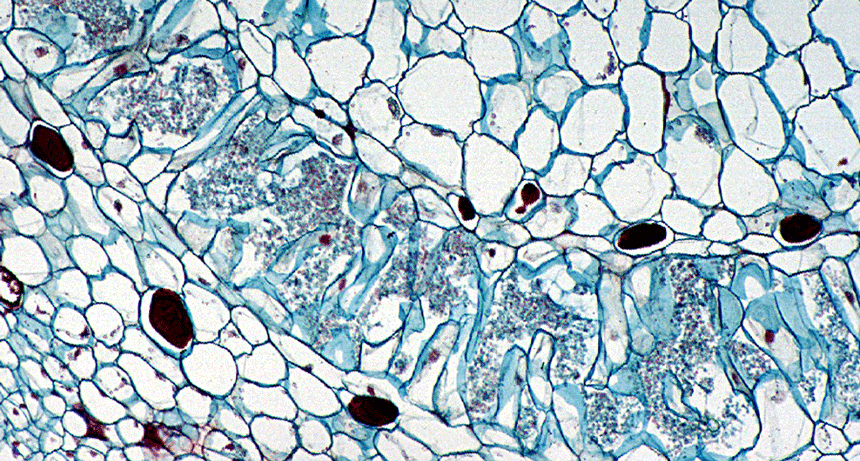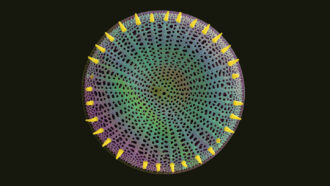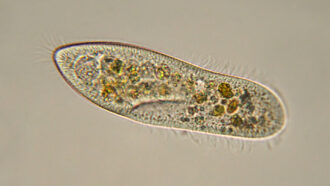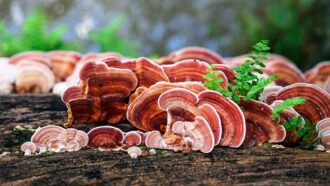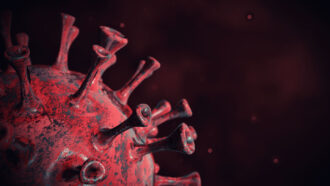archaea (singular: archaeon) A domain of life that includes single-celled organisms. Although archaea superficially resemble bacteria, they are distinct. Archaea inhabit many harsh environments.
bacteria (singular: bacterium) Single-celled organisms. These dwell nearly everywhere on Earth, from the bottom of the sea to inside other living organisms (such as plants and animals).
host (in biology and medicine) The organism (or environment) in which some other thing resides. Humans may be a temporary host for food-poisoning germs or other infective agents.
microbiome The scientific term for the entirety of the microorganisms — bacteria, viruses, fungi and more — that take up permanent residence within the body of a human or other animal.
microbiota The microorganisms that live in a particular place or geological period. Scientists call the entirety of the microorganisms in a human or other animal its microbiome.
microorganism A living thing that is too small to see with the unaided eye, including bacteria, some fungi and many other organisms such as amoebas. Most consist of a single cell.
microscopic An adjective for things too small to be seen by the unaided eye. It takes a microscope to view objects this small, such as bacteria or other one-celled organisms.
organism Any living thing, from elephants and plants to bacteria and other types of single-celled life.
protist A broad group of mostly single-celled organisms that are neither plants nor animals. Some, like algae, may appear plant-like. Those known as protozoans may appear animal-like. And still others appear fungi-like.
